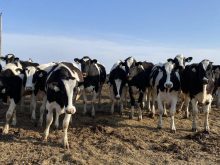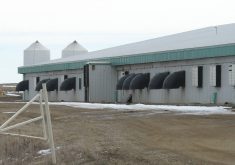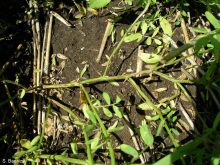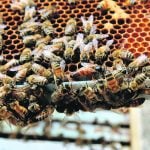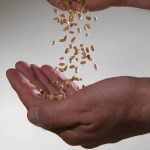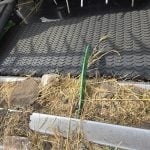Genomics work has been underway for quite a while in other areas of the agriculture industry, but only recently has it made its way to beef cattle.
The study of genetic material from environmental samples has changed the way crops are bred, disease is addressed and animal’s genetic makeup understood.
In beef cattle, genomics research has started in disease diagnostics and the understanding of disease, bacteria and viruses.
Read Also
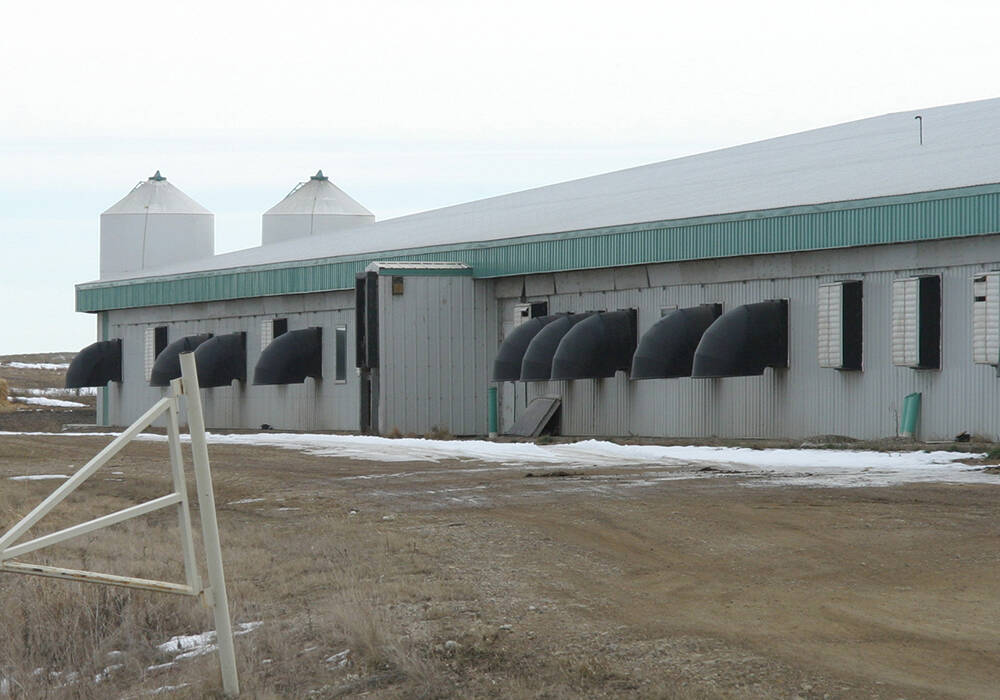
Pork doing the right thing
Manitoba’s pork industry gives the province a lot to be proud of.
Cheryl Waldner, a professor and researcher at the Western College of Veterinary Medicine, has been one of the researchers working on metagenomics research in beef cattle and has specifically been looking into bovine respiratory disease.
Her work has been underway at Livestock and Forage Centre of Excellence (LFCE) as part of the cow-calf surveillance network and is a pre-cursor to the work that will be possible through the new facilities at the Univesity of Saskatchewan and the LFCE.
With current processes for disease diagnostics, a sample is taken and undergoes a targeted test for the suspected disease. The most common test is a PCR, which detects specific genetic material such as DNA or RNA to determine the disease. However, it tests for one disease at a time, per sample.
“Bottom line, with the current tests, I can’t find a bug if I don’t know what I’m looking for most of the time,” Waldner told the LFCE 2025 Field Day.
“I might stumble on it by accidental culture, but unless I’ve got a plan … they’re probably going to miss it.”
Using metagenomic sequencing, a specific bacteria doesn’t need to be previously determined. This type of testing can identify the known and unknown simultaneously and then provide the data to further analyze at any time.
It also means that only one sample is required for testing, and it doesn’t need to be continuously stored for future testing or have a new sample taken. It reduces storage needs and costs for such samples because it can be expensive to store for long periods of time.
“It’s like if I had a book, and I was looking for specific words in a book, I might find those specific words (with the old tests),” she said.
“This is more like opening the book and actually reading the lines of the story, reading everything that’s there, and trying to figure out whether or not that’s relevant and whether or not there’s something that’s useful there.”
From a single sample that undergoes the metagenomic sequencing, Waldner is able to get information on respiratory disease, pink eye bacteria and anti-microbial resistance.
One way Waldner has been applying the research is by studying calves’ noses, which hold a high amount of bacteria due to them constantly being at the business end of their herd mates.
Metagonomic sequencing has helped her learn more about respiratory disease pathogens because the process can provide new information on the pathogens that were previously hard to identify or learn more about.
The bacteria on a calf’s nose relates to the animal’s feces, which can be relevant for herd health and public health and surveillance. However, for Waldner’s research, it’s provided an “unprecedented look” at how things work from an antimicrobial resistance genetic perspective.
“It’s not just a gene is in a sample,” she said.
“It’s a gene in a sample, attached to a bacteria and attached to a whole bunch of other resistance genes, and oh, by the way, it’s attached to a suitcase or cassette or mobile genetic element that packages this stuff up all nice and neat and makes it extremely contagious. And we can see that when it’s there as well.”
In her research on respiratory disease, she’s been able to easily identify Mycoplasma bovis as well as other mycoplasmas known to cause problems but for which there are no commercial diagnostic tests.
Using this research and metagenomics sequencing, Waldner has also been looking into how to vaccinate calves for coronavirus as a respiratory disease, rather than just for scours. She said there is extremely strong evidence from one of her studies that coronavirus is linked to respiratory disease in calves.
She said a lot of the virus is in calves, but in cow-calf herds there is virtually no antimicrobial resistance genes when looking at respiratory pathogens through genomic sequencing or traditional measuring methods. This means that the possibility of vaccination and successful treatment is high.
“We really do have a bit of a one test for all type of idea here,” she said, “which has worked out really well. We can find the viruses we expect to find: IBR (infectious bovine rhinotracheitis), BVD (bovine viral diarrhea), BRSV (bovine respiratory syncytial). We can find those, but we can also find a whole bunch of other viruses that we don’t test for as often.”







